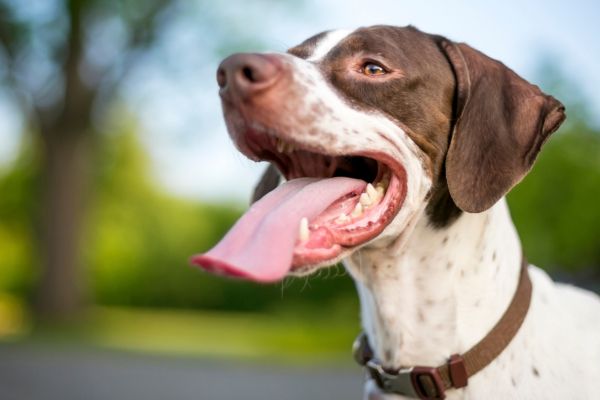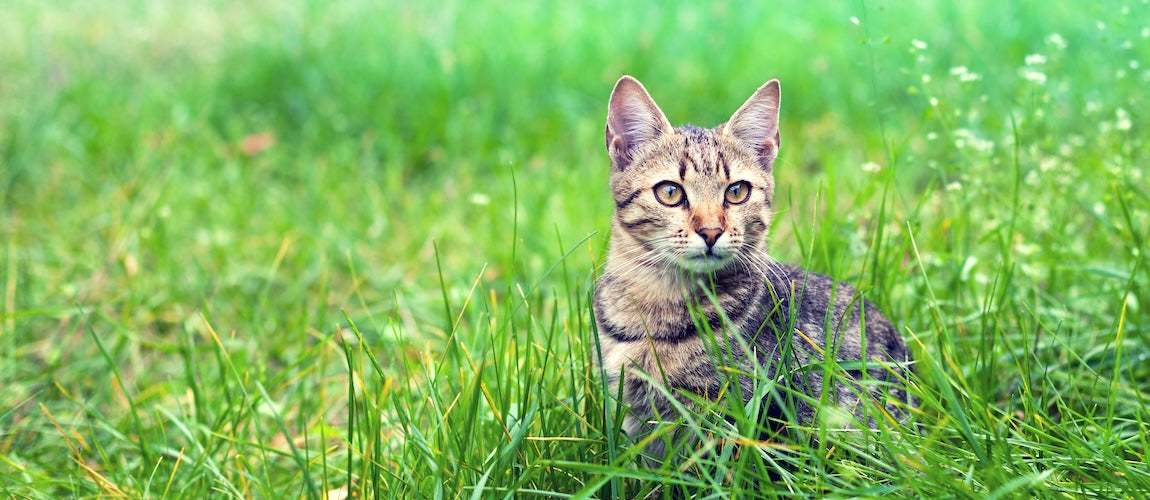
As spring warms up and your pet spends more time outdoors, hydration becomes one of the most important wellness factors to keep an eye on. While we often think of hydration in terms of water, pets rely on a balance of fluids and essential minerals to stay energized, mobile, and healthy. Dehydration can set in faster than most pet owners realize, especially in active or aging pets exposed to increased sunlight, play, or stress during warmer weather.
Here are seven signs your pet might be dehydrated, plus what you can do to help them stay balanced, energized, and safe this season.
1. Dry Nose and Gums
One of the first signs of dehydration in pets is a dry or sticky nose and gums. Healthy gums should be moist and pink. If you notice tackiness, paleness, or cracking, your pet may already be experiencing a fluid imbalance. These subtle signs are often overlooked but can signal the need for more water and mineral support.
2. Lethargy or Unusual Fatigue
Is your pet slowing down or less excited about playtime? Lethargy can result from even mild dehydration. Without enough water and electrolytes, pets may lack the energy to move or recover. If your pet tires quickly or seems withdrawn, hydration may be the first thing to evaluate and correct.
3. Loss of Appetite
Dehydration can affect your pet’s digestive function and appetite. A dry mouth, sluggish metabolism, or mineral imbalance can lead to a drop in food interest. If your pet turns away from meals or eats less than usual, especially in warm weather, consider increasing water intake and supporting hydration with trace minerals.
4. Sunken Eyes
Dehydration may cause your pet’s eyes to appear dull, sunken, or tired. This visual cue is especially noticeable in cats and senior pets. Along with a dry appearance, their expression may seem more withdrawn or glazed. These signs indicate the body is pulling moisture inward to protect vital organs, which can worsen quickly if not addressed.
5. Panting or Elevated Heart Rate (Beyond Exercise)
Excessive panting outside of active play, or a noticeably fast heartbeat at rest, could be red flags for dehydration. As pets lose fluids through breath and heat regulation, their body works harder to stay cool. Supplementing with minerals and proper hydration can help manage these stress responses, especially during hot days or after travel.
6. Reduced Skin Elasticity
This is one of the most reliable tests for dehydration. Gently lift the skin between your pet’s shoulder blades. If it stays tented or returns slowly, it may indicate significant fluid loss. Skin elasticity reflects the water content in tissues. Quick action with water and electrolyte support can make a big difference in recovery.
7. Concentrated or Reduced Urine Output
If your pet is peeing less often or their urine is darker than usual, it may signal the kidneys are conserving water. Dehydration causes the body to hold onto fluids, limiting waste removal. Concentrated urine can strain the kidneys and increase toxicity. Ensuring regular water intake and mineral support helps flush the system.
Why Water Alone Isn’t Always Enough
Water is essential, but without minerals like magnesium, selenium, and trace electrolytes, your pet may not absorb or retain fluids effectively. These minerals support cellular hydration, nerve signaling, and muscle function. Without them, water passes through the system without restoring energy or function. That’s where PicoPets formulas make the difference.
How to Hydrate Smarter This Spring
Here’s how you can support your pet’s hydration from the inside out:
- Add PicoMyte to their water or food to support electrolyte balance and cellular absorption.
- Use ReMag to regulate muscle and nerve function, especially in active or aging pets needing extra recovery.
- Ensure fresh, clean water is always available, especially after walks, play, or warm weather exposure.
- Watch for early signs of dehydration and respond with rest, shade, hydration support, and calm recovery time.



